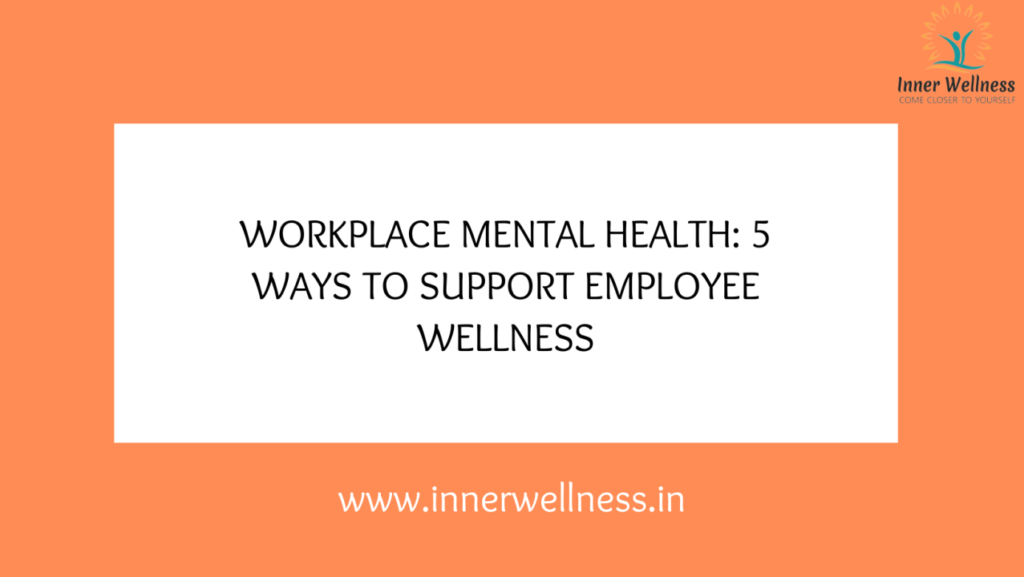Supporting employee wellness, particularly mental health, in the workplace is paramount for fostering a thriving and resilient workforce. Firstly, instituting mental health awareness training equips employees and managers alike with the knowledge and skills to recognize signs of distress and access support resources effectively. Absolutely, prioritizing mental health in the workplace is essential for fostering a healthy and supportive environment. Here are five ways to support employee wellness specifically focused on mental health:
1. Mental Health Awareness Training: Provide employees and managers with training on mental health awareness, including recognizing signs of distress, destigmatizing mental health issues, and accessing support resources. This empowers individuals to identify when they or their colleagues may be struggling and know how to respond appropriately.
2. Employee Assistance Programs (EAPs): Offer access to confidential counseling services through an EAP. These programs provide employees with professional support for a wide range of personal and work-related issues, including stress, anxiety, depression, and substance abuse. Ensuring confidentiality is crucial for employees to feel comfortable seeking help without fear of judgment or repercussions.
3. Flexible Work Policies: Implement flexible work arrangements to accommodate employees’ mental health needs. This could include flexible hours, remote work options, or extended leave for mental health reasons. Flexibility allows employees to manage their workload in a way that supports their mental well-being, such as attending therapy appointments or taking breaks when needed.
4. Promote Work-Life Integration: Encourage a culture of work-life integration, where employees can seamlessly blend their professional and personal responsibilities. Encourage managers to lead by example by setting realistic expectations for work hours and promoting a healthy work-life balance. Encourage employees to take regular breaks, prioritize self-care activities, and disconnect from work during non-working hours.
5. Create a Supportive Environment: Foster a supportive and inclusive workplace culture where employees feel comfortable discussing mental health openly. Encourage open communication and empathy among team members, and provide opportunities for peer support and networking. Celebrate successes and milestones, and recognize the importance of work-life balance and self-care. By prioritizing mental health and creating a supportive environment, you can help employees feel valued, respected, and empowered to prioritize their well-being.



